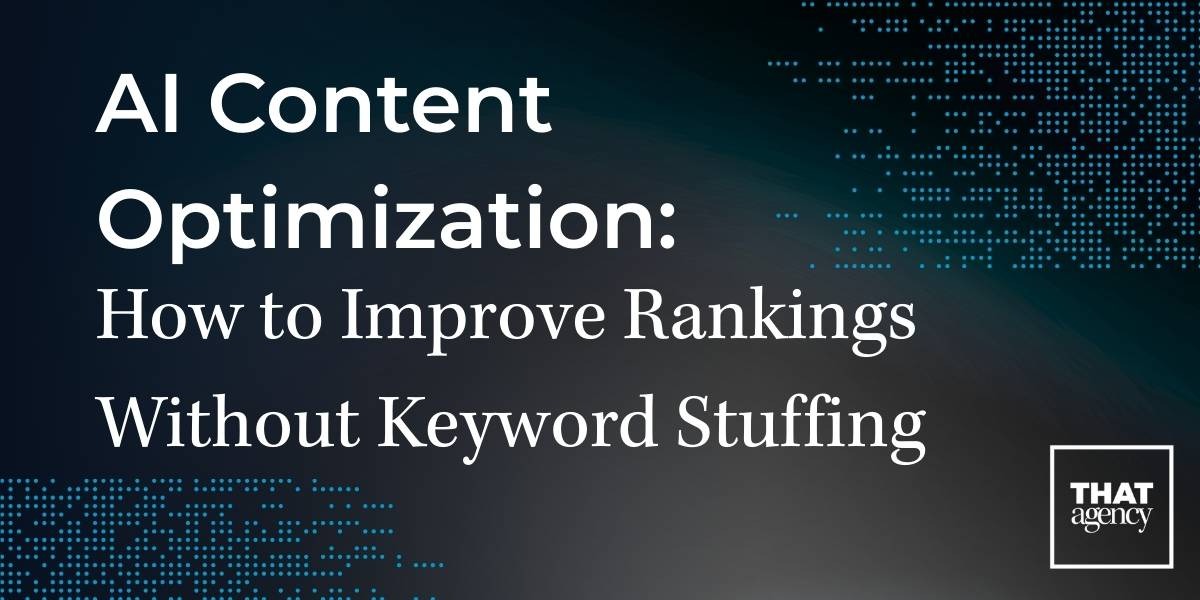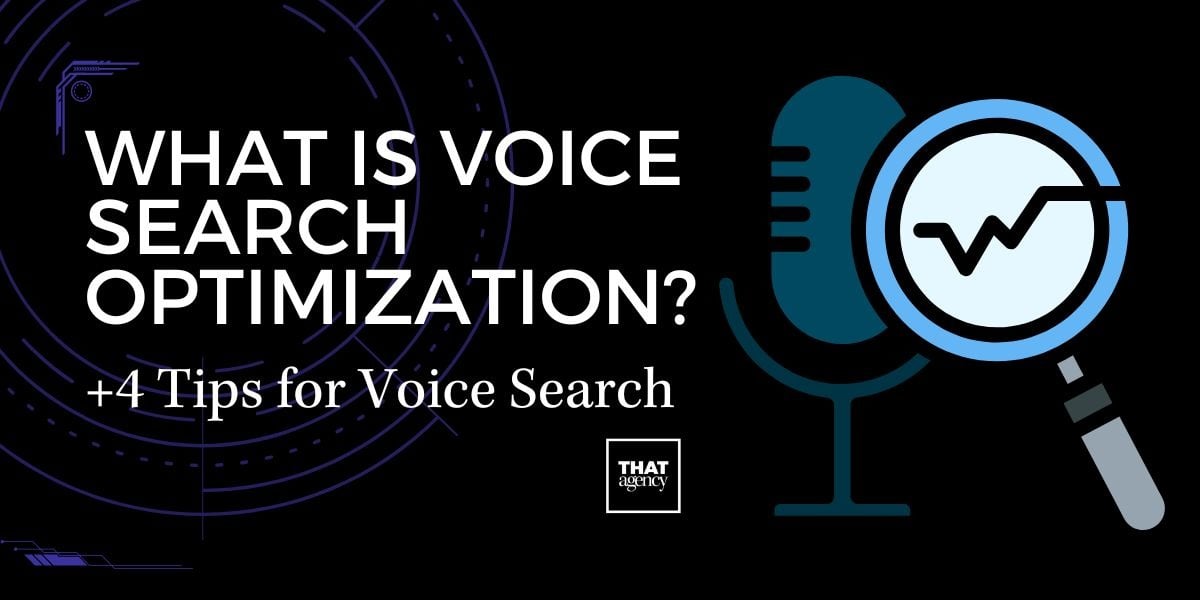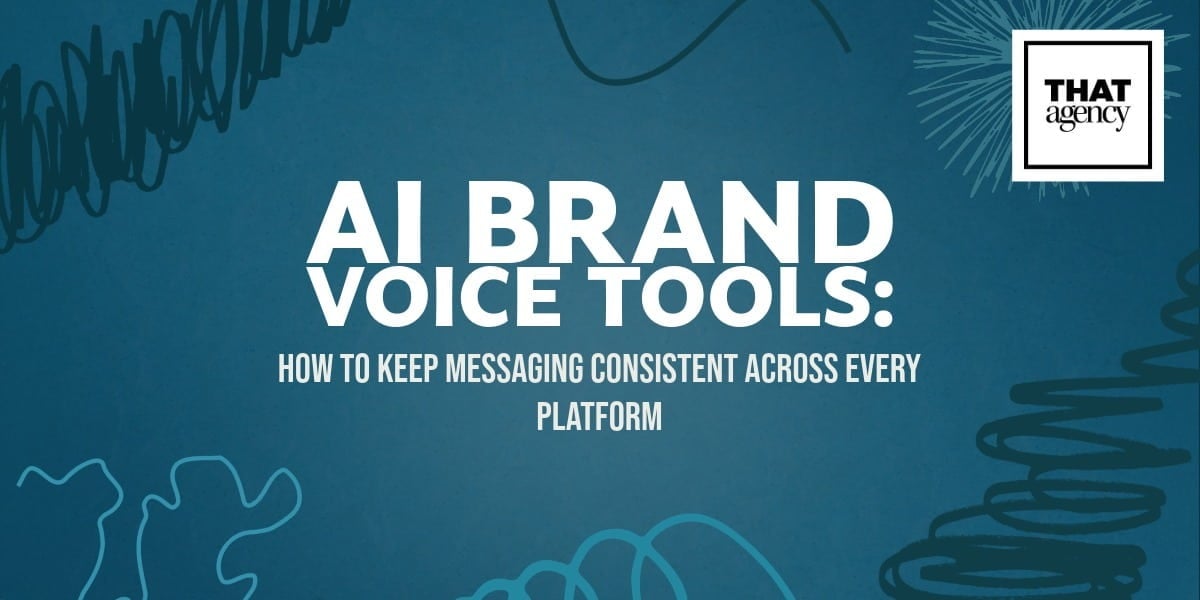.jpg?width=1200&height=600&name=Social%20media%20trends%20(1).jpg)
Social media has become a major part of digital marketing. It's no longer just a place to post pictures—it's where businesses connect with people, build trust, and grow. With new platforms, features, and tools popping up all the time, keeping up with social media trends is one of the best ways for companies to stay competitive and improve their social media engagement.
In this post, we'll look at the biggest changes happening in social media right now and how these trends are changing the way businesses market themselves online. From short videos and AI tools to online shopping and influencers, these social media trends are helping brands reach more people and create better content while boosting their overall engagement.
AI and Automation Are Changing the Game
Artificial Intelligence (AI) is no longer just a futuristic idea—it's something many businesses are using right now to improve their social media marketing. AI and automation tools help save time, boost productivity, and even make content more effective.
According to Hootsuite, more than 60% of marketers are already using AI to manage their social media tasks. And that number is growing as these tools become essential for staying competitive with current social media trends.
What Can AI Do for Social Media Marketing?
AI can help businesses in many different ways. It can:
- Write social media captions and posts using natural language tools
- Pick the best times to post based on past engagement
- Suggest hashtags to reach more people
- Create content ideas using trends and keywords
- Reply to customer messages through automated chatbots
- Schedule posts automatically, saving time for social media teams
- Analyze post performance and give recommendations for future content
The Bottom Line
AI and automation are powerful tools that are changing how social media works. But they work best when combined with human creativity, care, and strategy. Businesses that use AI wisely can post smarter, save time, and connect better with their audience.
As social media trends continue to shift, knowing how to use AI the right way can help your brand stand out from the crowd and improve your social media engagement.
Short Videos Are Still the Most Popular Content
Short-form videos are everywhere—and they're not going away anytime soon. Apps like TikTok, Instagram Reels, and YouTube Shorts have made these quick, easy-to-watch videos one of the most powerful tools in digital marketing. If your business wants to stay relevant and follow the latest social media trends, creating short videos should be a big part of your plan.
What Are Short-Form Videos?
Short-form videos are usually under 60 seconds long. They're designed to be fast, fun, and easy to scroll through. These videos can include:
- Product demos
- Behind-the-scenes clips
- Tips or how-tos
- Funny or trending content
- Quick stories or messages
Because they're short, people are more likely to watch the whole thing—and even rewatch it if it's entertaining.
Why Do Short Videos Work So Well?
Short videos are one of the best ways to grab someone's attention online and boost social media engagement. Here's why:
People Remember More from Video Than Text
Most people remember about 95% of a message when they watch it in a video, compared to just 10% when reading it as text. That makes video a powerful way to get your point across.
Videos Get More Likes, Comments, and Shares
Videos are the most engaging type of content on social media. That means more views, interactions, and shares—which helps your brand reach more people and improve overall engagement rates.
They're Great for Showing Off Products or Services
Instead of just describing your product, you can show it in action. That helps customers feel more confident in what you're offering.
They're Quick and Easy to Consume
In today's world, attention spans are short. People don't always have time to read long posts—but they will watch a 15-second video while scrolling.
They Help You Join Trending Conversations
Many short-form videos use popular music, filters, or challenges. Joining in on these trends can help your brand appear more current and relatable.
Short-form video is one of the easiest and most effective ways to connect with your audience today. Whether you're a small business or a large brand, adding short videos to your content plan can help you stay current, grow your following, and improve your social media engagement.
Want help creating video content that stands out? Reach out to THAT Agency to get started with a video strategy built for your brand.
Social Media Engagement Goes Beyond Likes and Shares
When you think of social media engagement, you might picture likes, shares, and follows. But today, engagement goes much deeper than that. It's not just about how many people see your posts—it's about how they interact with your brand and how you respond to them.
People want to feel like they're part of a conversation, not just being advertised to. This shift means brands need to build real relationships with their followers, not just post and hope for the best.
What Is Social Media Engagement?
Social media engagement is any action a user takes on your content. This includes:
- Likes and reactions
- Comments
- Shares or retweets
- Saves
- Clicks on links or profiles
- Direct messages (DMs)
- Story replies
- Poll responses
But the most valuable engagement goes beyond the numbers. It's about creating a connection and starting two-way conversations that make your audience feel heard and appreciated.
Why Social Media Engagement Matters
Here's why improving social media engagement is worth the effort:
- It builds trust between you and your audience
- It increases your visibility—the more people interact with your content, the more others will see it
- It boosts brand loyalty—when people feel connected to your brand, they're more likely to become long-term customers
- It helps you learn more about your audience—you can discover their likes, interests, and what kind of content works best
Common Questions About Engagement
Q: Why is my engagement so low even though I'm posting often?
A: Posting frequently is good, but quality and interaction matter more. If you're only promoting your products and not connecting with your audience, people might scroll past your posts. Try posting more conversation starters, showing personality, and encouraging responses.
Q: What's a good engagement rate?
A: A "good" rate depends on the platform, but here's a general idea:
- Instagram: 1–3%
- Facebook: 0.5–1%
- Twitter/X: 0.5–1%
Even small improvements can make a big difference over time.
Q: Can small businesses compete with big brands on social media?
A: Yes! In fact, many small businesses do better because they can be more personal, responsive, and authentic. People love feeling connected to real people behind a brand.
Q: Should I respond to every comment or message?
A: Ideally, yes—especially when you're growing. Responding shows that you care and helps turn followers into loyal customers. As your account grows, try to respond to as many as possible.
Social Media Is Becoming a Shopping Destination
People aren't just scrolling through social media for fun anymore—they're shopping, too. More and more users are buying products directly from social media apps. This is called social commerce, and it's one of the fastest-growing social media trends.
Instagram and TikTok now have built-in shopping features, so users can browse and buy without ever leaving the app. This makes the buying process faster and easier.
How to Take Advantage of Social Shopping
Here's how you can capitalize on this trend:
- Use clear product photos and videos
- Tag products in your posts
- Work with influencers who can promote your items
- Encourage happy customers to post their own content
Selling directly on social media helps your business reach customers where they already spend time and can significantly boost your social media engagement through purchase-related interactions.
Influencers with Smaller Audiences Are Winning Big
When most people think about influencers, they imagine celebrities with millions of followers promoting big-name brands. But that's no longer the most effective way to do influencer marketing—and it's become one of the most important social media trends to watch.
Today, many companies are turning to micro-influencers—social media users who have between 1,000 and 50,000 followers. While they may not be famous, they're making a big impact on social media engagement.
Micro-influencers often have stronger relationships with their followers, and their content feels more real and trustworthy. That's why brands are partnering with them more often—to build trust, reach niche audiences, and improve overall engagement rates.
Why Micro-Influencers Are So Effective
Here's why businesses of all sizes are working with smaller influencers:
Stronger Relationships with Followers
Micro-influencers usually interact with their audience more often. They respond to comments, engage in DMs, and create content based on what their followers care about. This makes their audience feel heard and valued.
More Authentic and Relatable
Unlike celebrities, micro-influencers often share real-life experiences, which makes them more relatable. Their content feels less like an ad and more like a personal recommendation.
More Affordable for Brands
Big influencers and celebrities charge thousands—or even millions—for a single post. Micro-influencers are much more affordable and often open to trade deals (like free products in exchange for content).
Targeted Audiences
Many micro-influencers focus on a specific niche, like vegan cooking, fitness, fashion, or tech. Their followers trust their opinions in those areas, which makes their recommendations more powerful.
Common Questions About Micro-Influencers
Q: Are micro-influencers really better than big influencers?
A: It depends on your goals. If you want to reach millions fast, a big influencer might help. But if you want stronger engagement, trust, and targeted reach, micro-influencers are often the better choice—especially for small to medium businesses.
Q: How do I find micro-influencers?
A: You can search Instagram, TikTok, or YouTube using hashtags related to your business. Tools like Upfluence, Aspire, or even manual searches can help you find influencers with good engagement in your niche.
Q: What should I look for in a good micro-influencer?
A: Look for:
- A consistent posting schedule
- A clear focus or theme (like fitness, tech, parenting, etc.)
- A loyal audience that leaves thoughtful comments
- An overall tone and style that matches your brand
Q: How do I reach out to an influencer?
A: Start with a friendly message or email. Compliment their content, explain why you'd like to work with them, and outline what you're offering. Be clear and respectful—you're asking them to partner with you, not just do you a favor.
Influencer marketing isn't just for celebrities anymore. Micro-influencers are becoming the go-to choice for brands that want real results. Their strong connections with their audience, authentic content, and lower costs make them a smart option for businesses looking to grow and boost social media engagement.
Want help building an influencer strategy that fits your brand? Contact THAT Agency to learn how we can connect your business with the right voices.
People Love Seeing Real Content from Real People
One of the strongest social media trends is using content made by your customers. This is called user-generated content (UGC). It's when people post photos, videos, or reviews about your product or service.
UGC works well because:
- It feels more honest than a traditional ad
- People trust other customers more than brand messages
- It shows that real people enjoy your product
- It dramatically improves social media engagement rates
How to Encourage User-Generated Content
You can ask your audience to share their experience by:
- Creating a branded hashtag
- Running a contest
- Reposting their content (with credit)
- Featuring customer stories in your marketing
Sharing real stories from real users helps your brand feel more relatable and builds authentic connections with your audience.
Social Platforms Are Acting More Like Search Engines
More people are using apps like TikTok and Instagram to search for things, just like they would on Google. This represents one of the most significant social media trends affecting how content gets discovered.
That means your social media content should be easy to find and optimized for search.
How to Make Your Content More Discoverable
To help your content show up in search results:
- Use keywords in your captions and profile
- Add hashtags that describe your post
- Write alt-text for your images
- Tag your location when it makes sense
Treat your social media like a mini search engine. If people can find you more easily, they're more likely to follow and engage with your brand, improving your overall social media engagement.
Trust and Transparency Are More Important Than Ever
With growing concerns about privacy and fake news, people want brands to be honest and clear. They expect companies to protect their data and be respectful online. This shift toward authenticity is one of the most important social media trends shaping how brands communicate.
How to Build Trust on Social Media
Here are a few ways to build trust:
- Be open about how you use customer data
- Avoid clickbait or misleading headlines
- Create content that includes and respects everyone
- Respond authentically to both positive and negative feedback
When your audience trusts you, they're more likely to support your business and recommend it to others, leading to better social media engagement and long-term success.
Telling Your Story Across Multiple Platforms
Your audience probably uses more than one social media platform. So, it makes sense to tell your brand's story in different places—but in a way that fits each app. This cross-platform approach is becoming essential as social media trends continue to diversify.
Platform-Specific Content Strategy
For example:
- You might tease a new product on Instagram Stories
- Launch the product on TikTok
- Share customer reviews on Facebook
- Post the full story on your blog
This strategy helps your message reach more people, and each version can be tailored to fit the platform's style and audience expectations, maximizing social media engagement across all channels.
Final Thoughts: Be Ready for What's Next
These social media trends show how fast things change online. But one thing stays the same: People want to connect with brands that feel real and care about their audience. That's why focusing on social media engagement is so important.
Whether you're just getting started or looking to improve your current strategy, understanding these trends and how they impact engagement will help you build stronger relationships with your audience and grow your business.
If you're not sure where to start—or you're ready to take your social media strategy to the next level—we're here to help.
Need help turning these trends into results? Explore our digital marketing services or contact us for more information.




